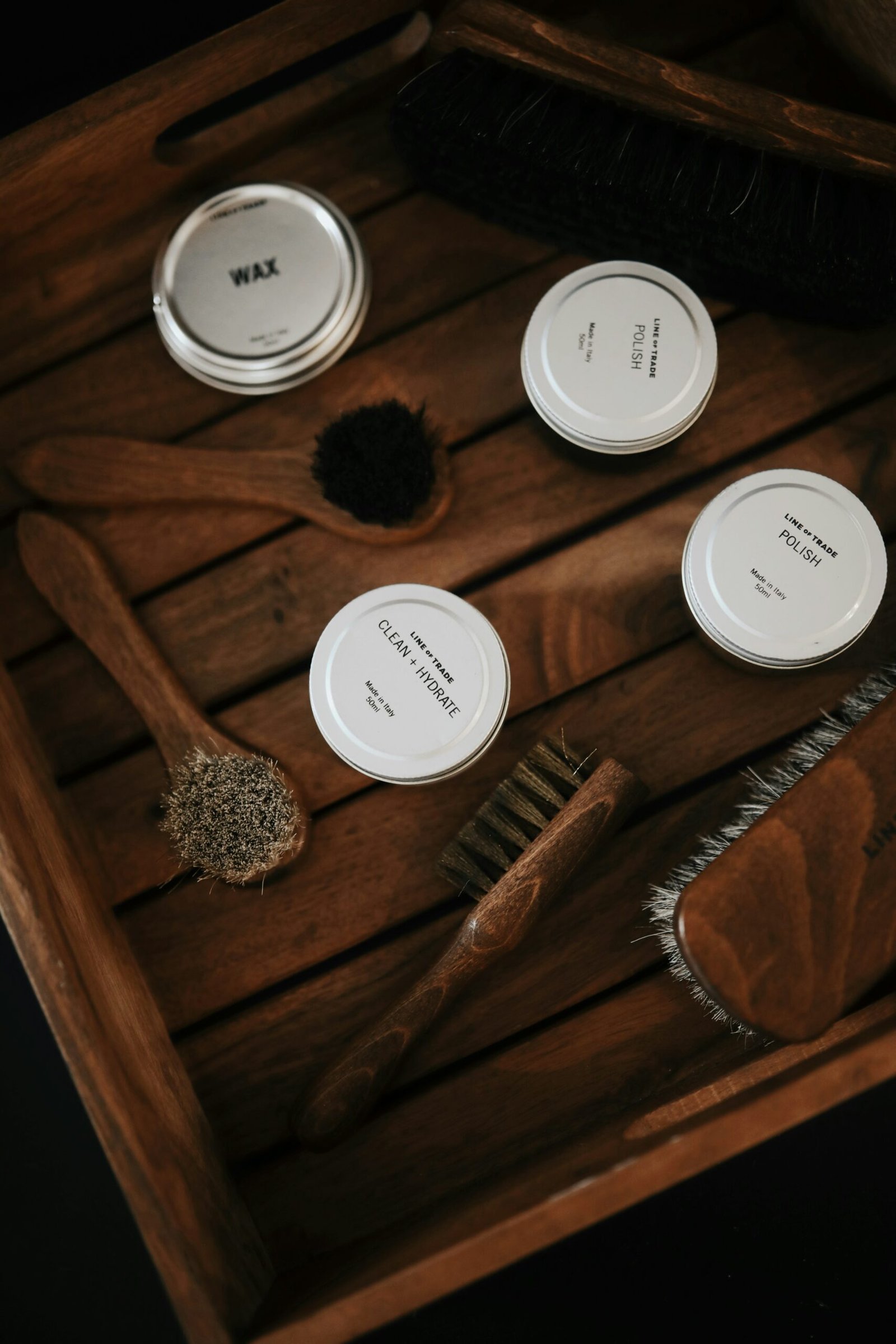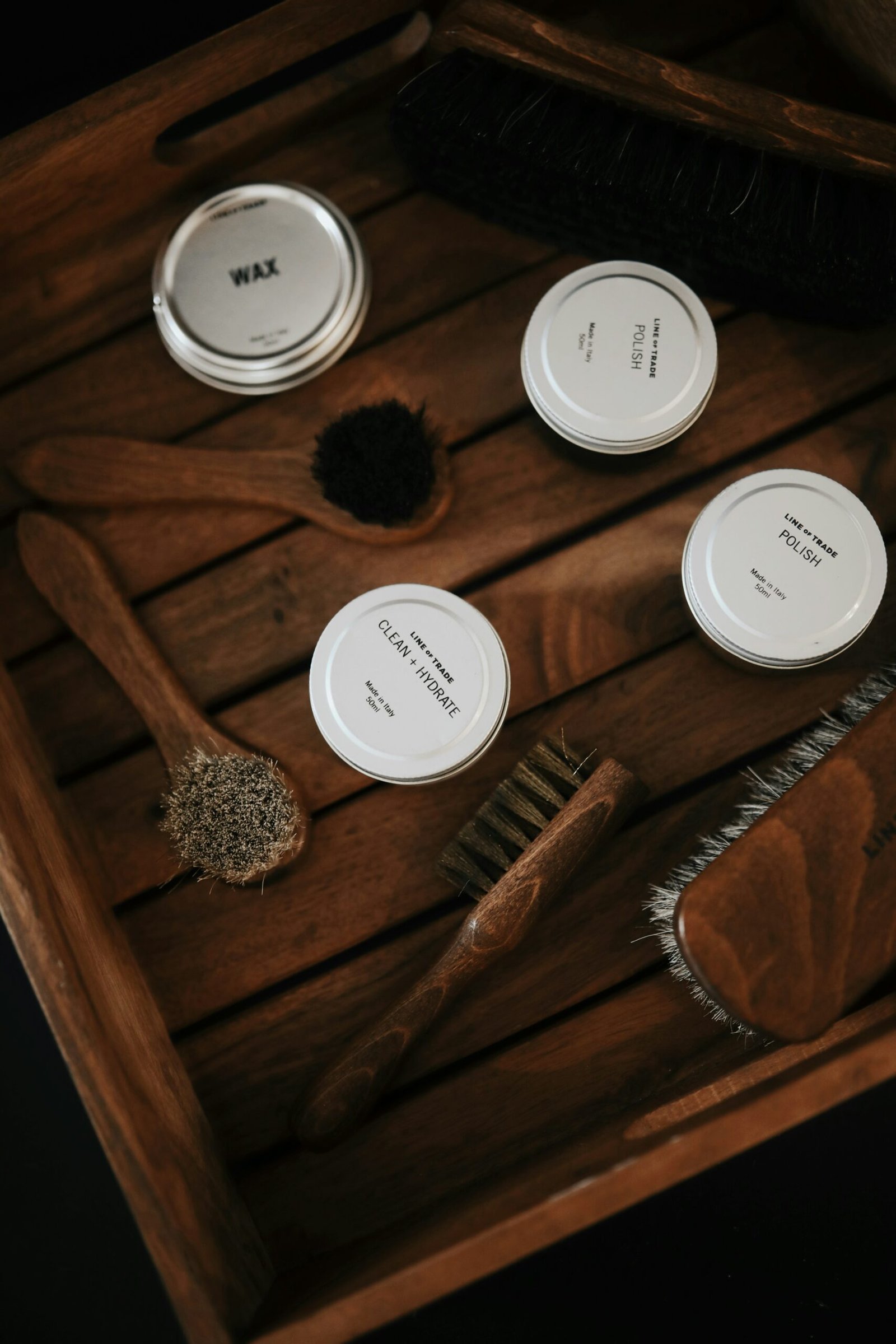Can You Clean with Rubbing Alcohol?
Introduction to Rubbing Alcohol
Rubbing alcohol, scientifically known as isopropyl alcohol, is a versatile chemical compound widely recognized for its antiseptic properties. Structurally, it consists of carbon, hydrogen, and oxygen atoms arranged in a specific pattern, granting it its distinct characteristics. This compound is available in various concentrations, typically ranging from 70% to 99% isopropyl alcohol, the balance being water or other denaturants to make it unfit for consumption.
Commonly found in many households, rubbing alcohol is a staple in first-aid kits due to its exceptional ability to disinfect wounds. Its antimicrobial properties make it effective in killing bacteria, viruses, and fungi, thereby preventing infections. Beyond its medical applications, rubbing alcohol is also a powerful cleaning agent. Its ability to dissolve oils and remove numerous types of grime makes it a go-to solution for a variety of cleaning tasks.
The high evaporation rate of rubbing alcohol is another advantageous quality. Upon application, it rapidly dissipates, leaving no residue behind. This quick evaporation not only enhances its efficacy as a disinfectant but also ensures surfaces dry swiftly after cleaning, minimizing the risk of prolonged exposure to moisture which can potentially lead to damage or breeding grounds for further microbial growth.
Given its ease of access and multipurpose nature, rubbing alcohol routinely finds itself employed in numerous household chores, from sanitizing electronic devices to cleaning glass surfaces. Its inclusion in both medical and cleaning supplies attests to its multifaceted utility. Whether it is maintaining hygiene standards or ensuring surfaces are spotless, the application of rubbing alcohol is both effective and efficient.
Common Uses of Rubbing Alcohol for Cleaning
Rubbing alcohol is a versatile and effective cleaning agent suitable for a variety of surfaces and items. Its antimicrobial properties and ability to quickly evaporate make it a popular choice for cleaning tasks. Here’s a look at some common uses of rubbing alcohol for cleaning:
Glass: Rubbing alcohol is excellent for cleaning glass surfaces, including windows and mirrors. To clean glass, mix equal parts of rubbing alcohol and water in a spray bottle. Spray the solution onto the surface and wipe with a clean, lint-free cloth for a streak-free shine.
Stainless Steel: Achieving a spotless and gleaming stainless steel finish is hassle-free with rubbing alcohol. Dampen a microfiber cloth with rubbing alcohol and wipe the surface in the direction of the grain. This method helps remove fingerprints, smudges, and marks, leaving the surface polished and clean.
Electronics: Rubbing alcohol is ideal for cleaning electronics like keyboards, phones, and remote controls. Apply a small amount of rubbing alcohol to a cloth or cotton swab and gently wipe the surface. This helps disinfect the items and removes grime and residue safely, ensuring no damage to the electronic components.
Hard Surfaces: From countertops to door handles, rubbing alcohol is suitable for cleaning various hard surfaces. Its effectiveness in removing stains and sticky residues, such as adhesive remnants or ink marks, makes it a favorite cleaning agent. For adhesives, apply rubbing alcohol directly to the residue, let it sit for a few minutes, and then wipe it away with a cloth.
Precautions: While rubbing alcohol is effective, safety during use is paramount. Ensure proper ventilation by opening windows or using fans when cleaning large areas. Additionally, avoid using rubbing alcohol on painted, shellacked, lacquered, or varnished surfaces as it can cause damage. Always test a small, inconspicuous area first to ensure compatibility.
Precautions and Safety Measures
Rubbing alcohol, while an effective cleaning agent, necessitates adherence to several key safety precautions to ensure safe usage. First and foremost, it is crucial to recognize that rubbing alcohol is highly flammable. It should be kept away from open flames, heat sources, and any instances that could potentially ignite the substance. Utilizing rubbing alcohol in a well-ventilated area is essential, as the fumes can accumulate and pose respiratory risks.
When using rubbing alcohol for cleaning purposes, one must be cautious about potential damage to specific materials. For instance, exposure to rubbing alcohol can cause certain types of plastic to degrade or discolor. Similarly, applying it to finished wood surfaces can lead to damage or loss of the finish. Testing a small, inconspicuous area before full application can help prevent unintended damage.
An imperative safety measure is to avoid mixing rubbing alcohol with other cleaning agents. A notable example is the combination of rubbing alcohol and bleach, which produces hazardous fumes that can be detrimental to health. Each cleaner should be used separately and according to their individual guidelines to prevent harmful chemical reactions.
Proper storage of rubbing alcohol is another critical consideration. It should be stored in a cool, dry place, away from direct sunlight and out of reach of children and pets. The container should be tightly sealed to prevent evaporation and accidental spillage.
In cases of accidental exposure, immediate action is required. If rubbing alcohol comes into contact with the eyes, it is imperative to rinse the eyes thoroughly with water for at least 15 minutes and seek medical attention. For skin exposure, flush the affected area with water and soap. In case of accidental ingestion, do not induce vomiting; instead, seek urgent medical assistance or contact poison control.
By conscientiously observing these safety measures, one can use rubbing alcohol effectively and safely for various cleaning tasks.
Alternatives to Rubbing Alcohol
When considering alternatives to rubbing alcohol for cleaning purposes, several effective agents come to mind, such as hydrogen peroxide, vinegar, and bleach. Each of these substances can serve as a credible substitute, depending on the cleaning needs and material compatibility.
Hydrogen Peroxide
Hydrogen peroxide is a powerful disinfectant known for its ability to kill bacteria and viruses. It is often used for cleaning wounds, but it works equally well on surfaces. Its oxidative properties break down proteins and microorganisms, making it an excellent choice for sanitizing areas prone to bacterial build-up. Although less harsh than bleach, hydrogen peroxide can still cause discoloration on some surfaces, so testing a small area beforehand is advisable.
Vinegar
Vinegar, particularly white vinegar, is renowned for its natural cleaning prowess. Its acidic nature makes it effective at cutting through grease, soap scum, and hard water deposits. Vinegar is safe for most surfaces and can be used to clean everything from kitchen counters to windows. However, it is not a registered disinfectant and may not eliminate as many germs and bacteria as rubbing alcohol. Its strong odor can also be a drawback for some users.
Bleach
Bleach is a staple in many cleaning arsenals for its potent disinfecting capabilities. It is especially effective against a wide range of pathogens, including viruses, bacteria, and mold. However, bleach is highly corrosive and can damage certain materials, such as fabrics and metals. Safety precautions, such as wearing gloves and ensuring proper ventilation, are essential when using bleach. Its strong odor and potential health risks also make it less suitable for frequent use.
Comparison and Considerations
Choosing between these alternatives often boils down to the specific cleaning task at hand and the materials involved. Here’s a brief comparison:
| Cleaning Agent | Effectiveness | Material Safety |
|---|---|---|
| Hydrogen Peroxide | High (anti-bacterial, anti-viral) | Good (may cause discoloration) |
| Vinegar | Moderate (acidic cleaner) | Excellent (safe for most surfaces) |
| Bleach | Very High (strong disinfectant) | Poor (corrosive, can damage materials) |
While hydrogen peroxide and vinegar offer safer and eco-friendly cleaning options, bleach remains unmatched for severe disinfection needs. Understanding the pros and cons of each alternative allows for a more informed choice, ensuring both efficacy and safety tailored to specific cleaning requirements.


